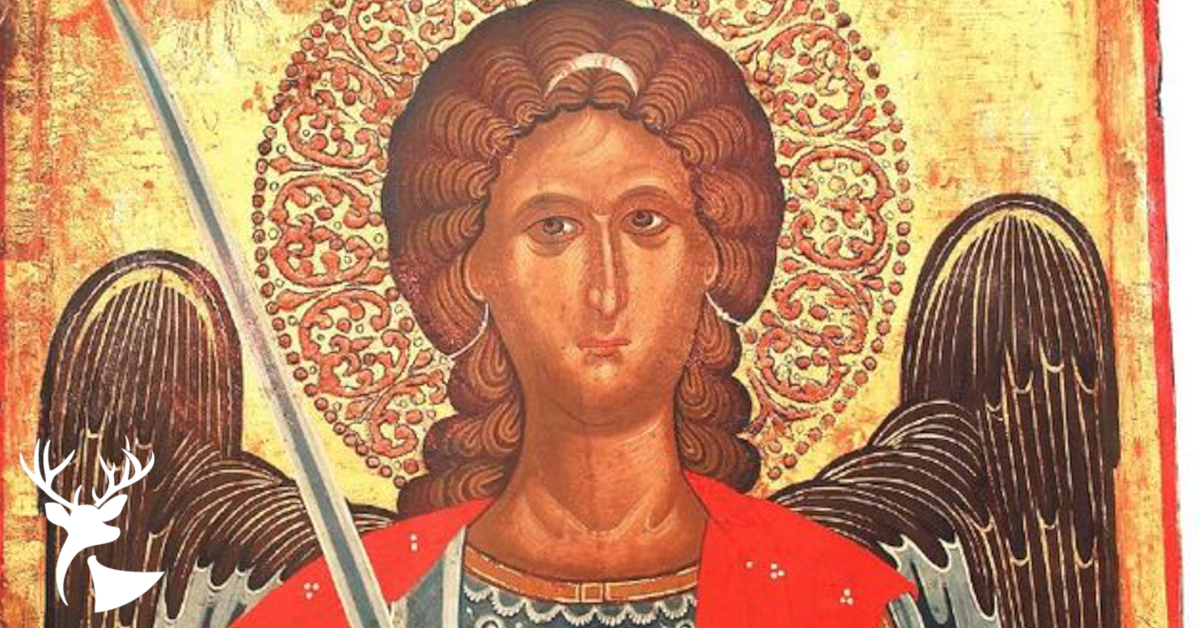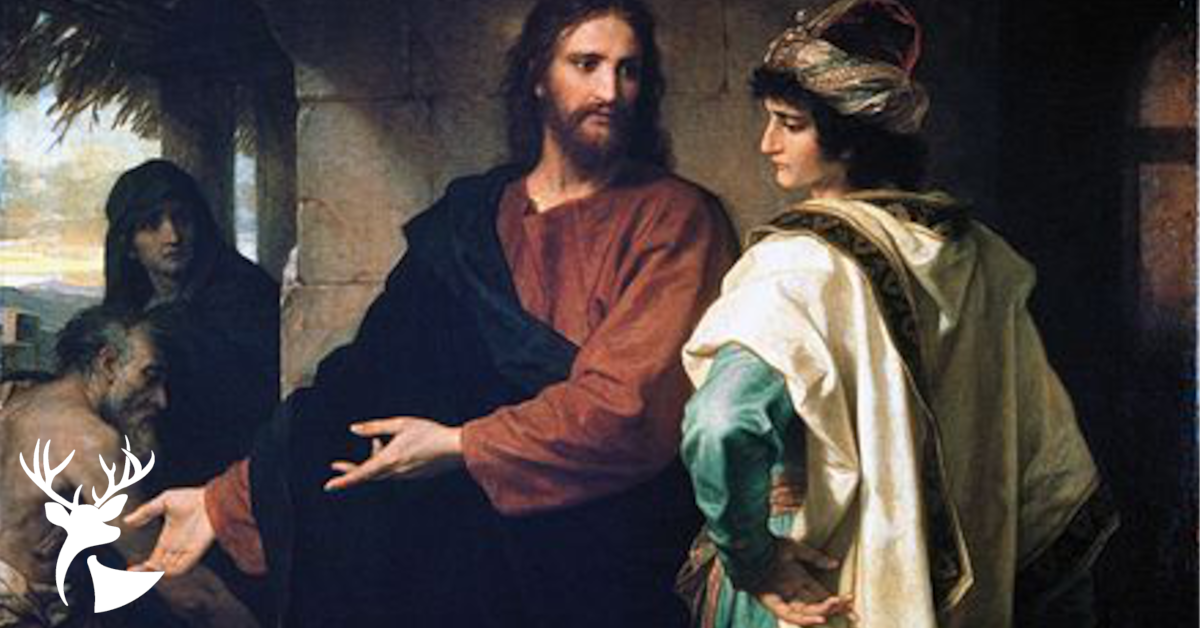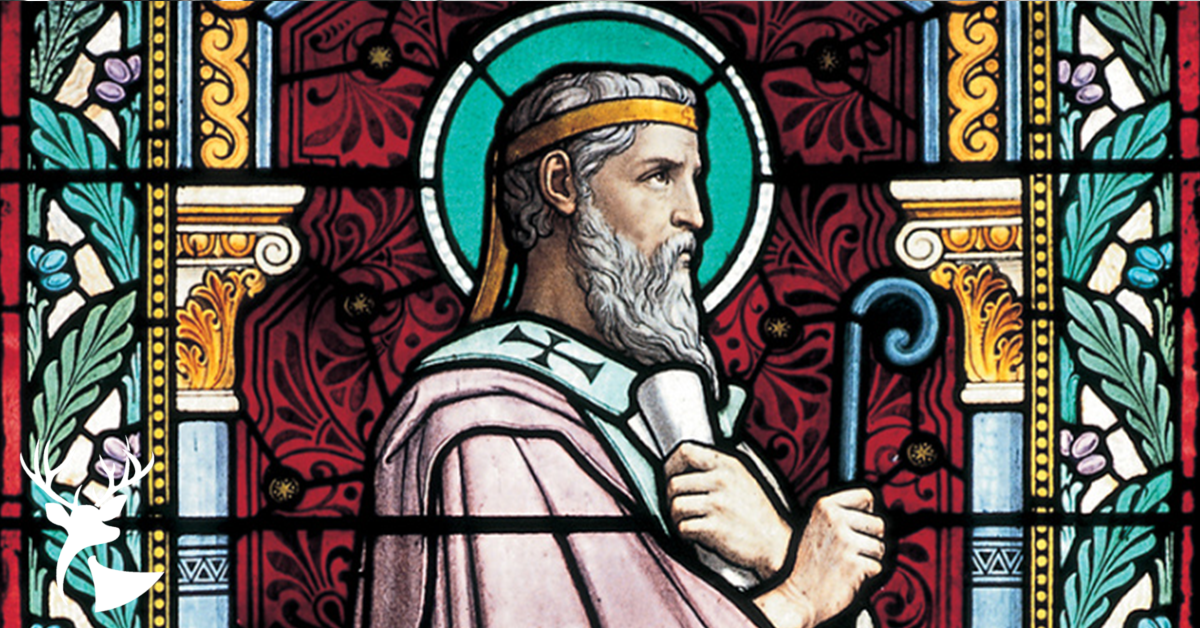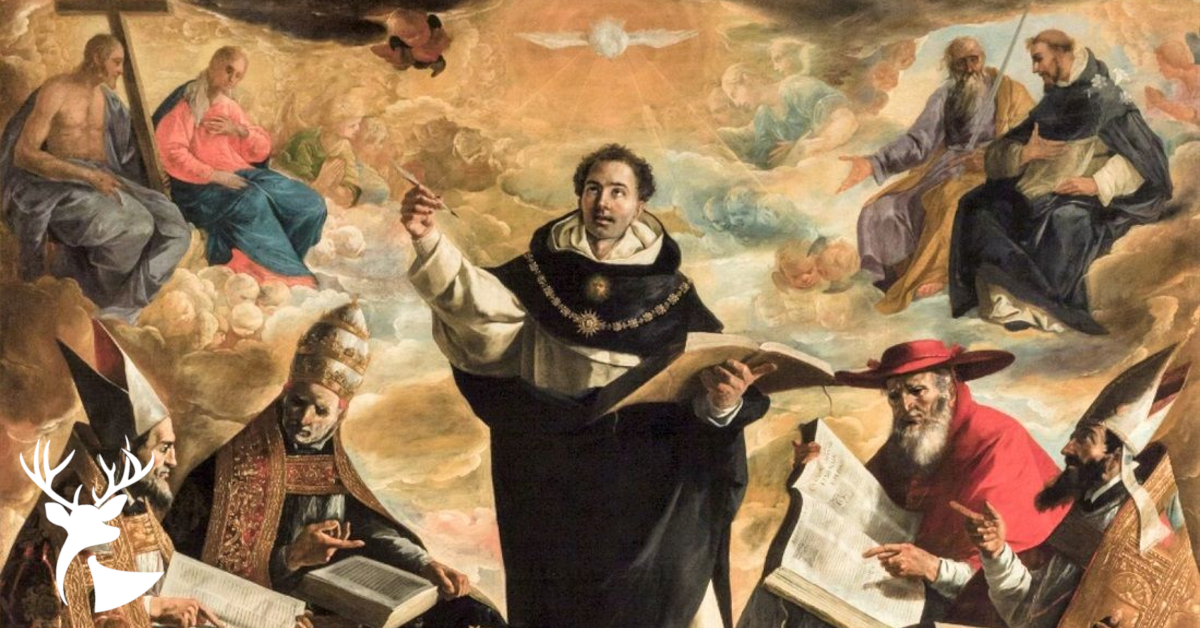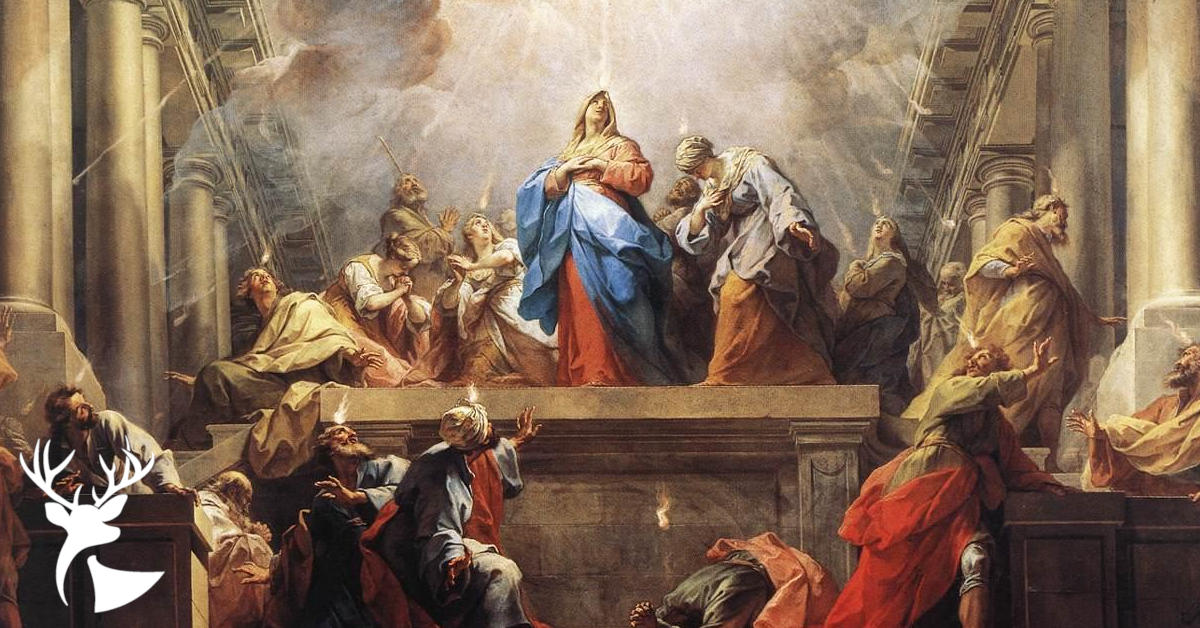
Ember Days & the Restoration of the Catholic Imagination
By Richard Meloche | September 15, 2020
“O farmers, happy beyond measure, could they but know their blessings!”
—Virgil, Georgics, bk.II
← Return to Musings
Ember Days & the Restoration of the Catholic Imagination
By Richard Meloche | September 15, 2020
“O farmers, happy beyond measure, could they but know their blessings!”
—Virgil, Georgics, bk.II
Much of who we are, what we do, and how we express ourselves as Catholics is tied inexplicitly to our ancient, but mostly forgotten, agrarian heritage. One cannot read the bible, for example, without soon stumbling onto a reference about the land, or farming, or animal husbandry. The pages of Scripture are saturated with numerous references to shepherds and sheep, fields and vineyards, plough shears and winnowing forks.
As moderns—divorced largely from the land—these bucolic biblical motifs lose much of their weight. Our imaginations—having not been vivified by actual sense experience—are unable to contribute anything to the truth conveyed. The rural metaphors and images remain mostly flat—a mere fact in the intellect. This, I would argue, is a great loss and one of the more devasting consequence of the mass flight from the fields.
All is not lost, however. There is something we urbanites can readily (and easily) do to help thicken our agrarian imaginations and become reacquainted with our ancient farming past. Pre-industrialized Christians would practice something called the Ember days (Lat. quatuor anni tempora). Four times a year—following the natural agrarian calendar—the faithful would solemnly consecrate the seasons through three days of intense fasting, abstinence, and prayer (think of the practices of Ash Wednesday and Good Friday). They would pause on the Wednesday, Friday, and Saturday at the beginning of every seasonal transition and pray for Heaven’s blessings upon the earth. During the Winter Ember days, the faithful would dedicated their penance to a successful seeding. The Spring Ember days were set aside for a fruitful growing season, while the fasting of the Summer Ember days were offered for a bountiful harvest. Finally, the faithful beseeched the Good Lord with particular devotion during the Fall Ember days for the successful fermentation of both grain and grape (strong beer and wine to keep the body warm and spirits high during the cold, long evenings of Wintertide).
The reintroduction of the disciplinary practices of the Ember days is a good way to reconnect with our rich agrarian heritage. By recognizing the traditional farming cycle through self-imposed penance, we remind ourselves that the food we eat is not a product of factories, lab-technicians, and box-stores, but a gift from a benevolent God—one that has been painstaking cultivated by the labor and prayers of the farmer. Such a recognition will not only help us appreciate and understand our agrarian roots but will also instantiate the mostly lost virtues of gratitude and moderation.
So, why not take up the ancient penitential practice this season? This Wednesday (September 16th) marks the beginning of the Fall Ember days. Let us put down our forks and knives and take up the salutary work of penance and prayer and, in doing so, reignite the embers of our own dimmed imaginations.
More Reading

Dr. Richard Meloche serves as the president of the Alcuin Institute for Catholic Culture.


